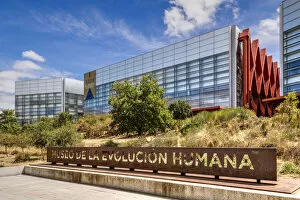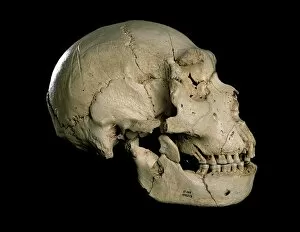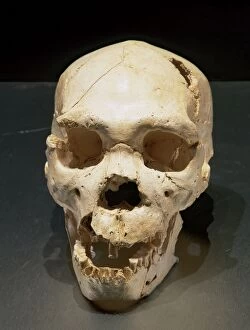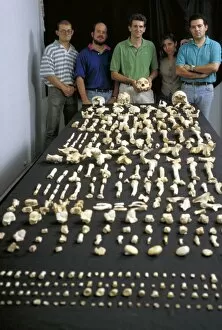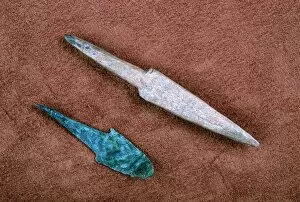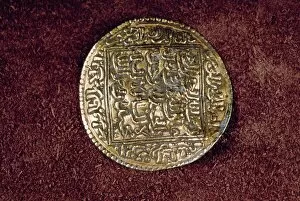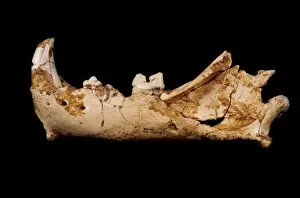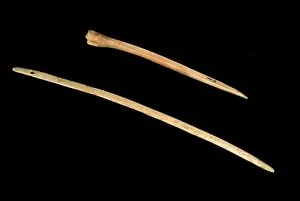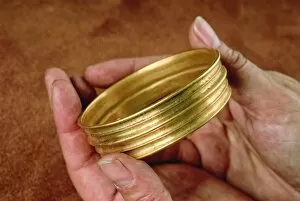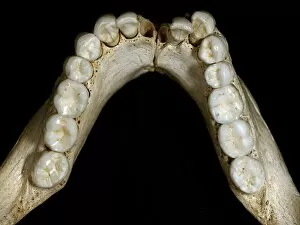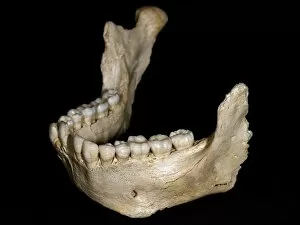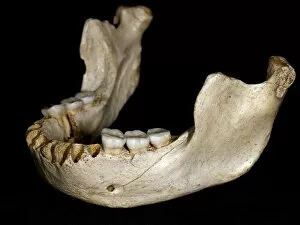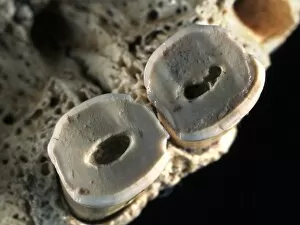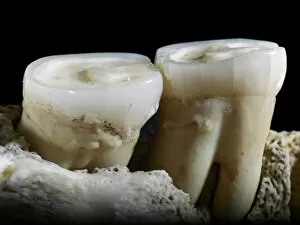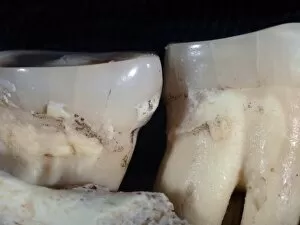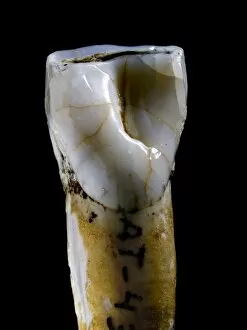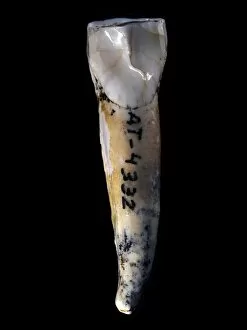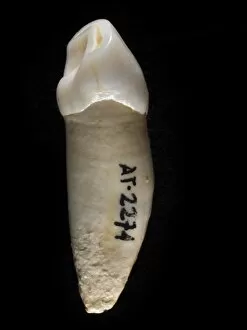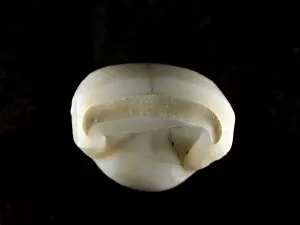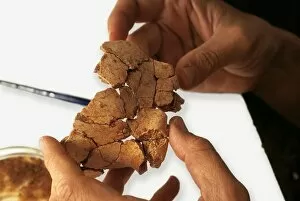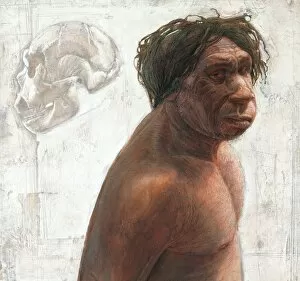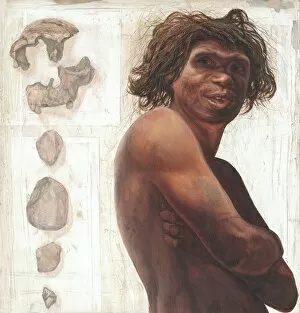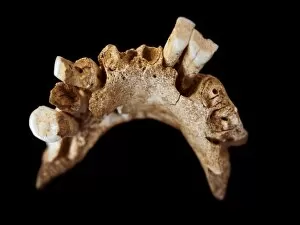Atapuerca Collection
"Atapuerca: Unraveling the Mysteries of Human Evolution in Spain" Discover the fascinating world of Atapuerca
For sale as Licensed Images
Choose your image, Select your licence and Download the media
"Atapuerca: Unraveling the Mysteries of Human Evolution in Spain" Discover the fascinating world of Atapuerca, a renowned archaeological site located in Trinchera del Ferrocarril, Spain. This site has provided invaluable insights into our prehistoric past and is home to significant findings such as Homo heidelbergensis skull number 5. Step into The Museum of Human Evolution in Burgos, Castile and Leon, where you can witness the remarkable Homo heidelbergensis skull (Cranium 5) C015/6921 up close. This ancient specimen offers a glimpse into the lives of our ancestors who once roamed these lands during the Paleolithic era. Explore the rich history preserved within Atapuerca's grounds. From Bronze Age arrowheads (C015/6759) to prehistoric bear jaws (C015/6762), each artifact tells a story about human existence throughout different time periods. Delve deeper into Atapuerca's past with discoveries like an Islamic gold coin (C015/6755), shedding light on cultural exchanges that occurred over centuries. Additionally, Bronze Age bone punches (C015/6758) provide evidence of early craftsmanship and toolmaking techniques employed by our predecessors. Immerse yourself in this captivating journey through time at Atapuerca – an archaeological marvel that continues to unravel secrets about our shared human heritage.

